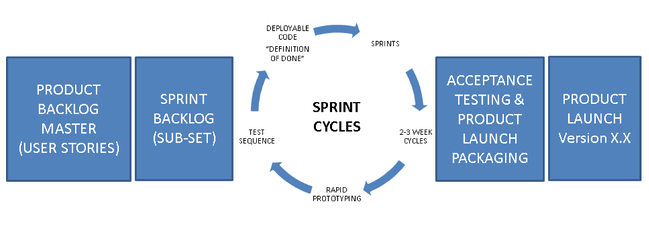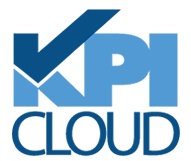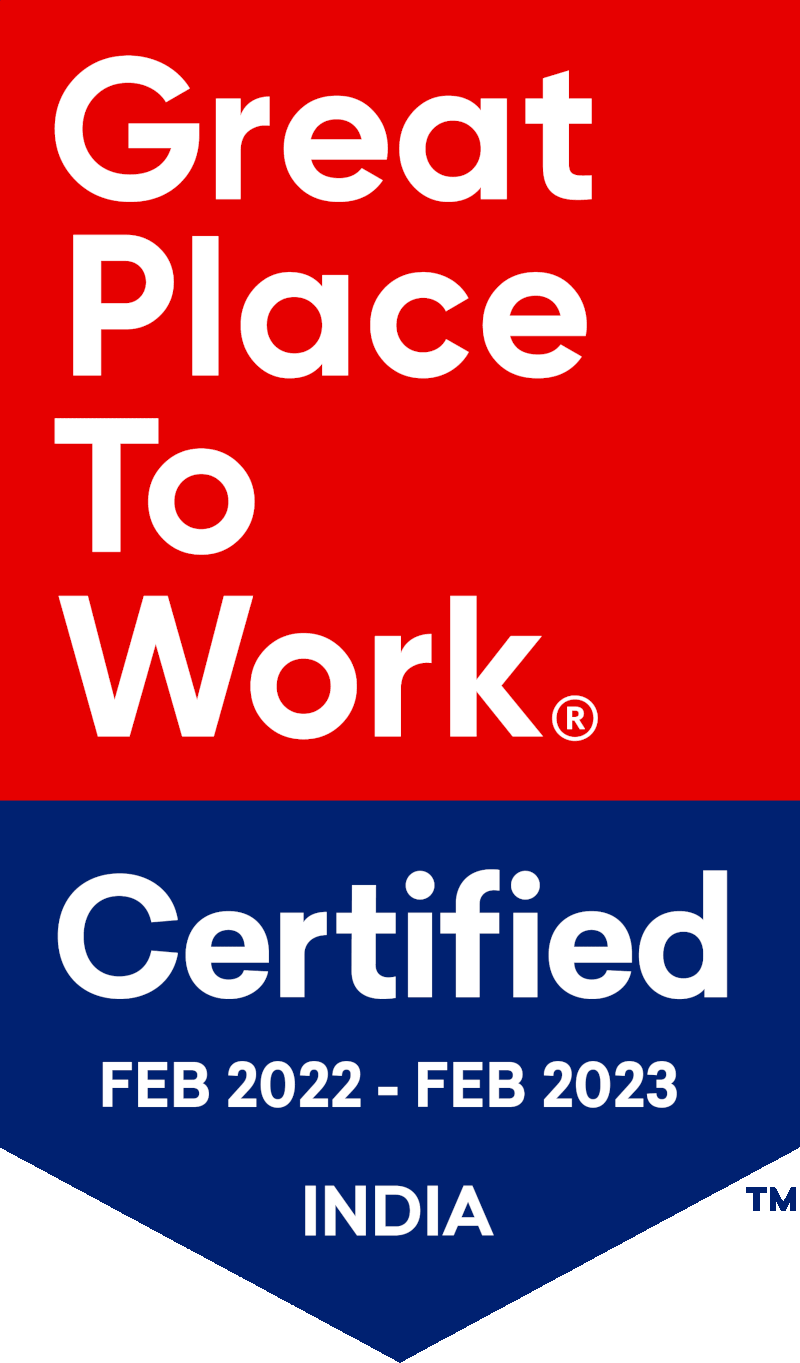by Donald Hammons
This article addresses the utility of the hybrid-agile delivery model designed to provide for rapid innovation, prototyping and deployment specific to new software product development and innovation.
Product Development Overview
Rapid product innovation and time to market velocity are often vital to successful product launches. Start-ups with the ‘next big idea’ aim to reduce product development lifecycles as development and resource ‘time’ equate to a cost basis that must be strictly contained. While a hybrid-agile delivery model for new products can certainly apply to SaaS and cloud platform innovation (via ‘releases’ or app-level deployments), the hybrid-agile model is also capable as a delivery mechanism to drive new product innovation and deployment where rapid prototyping and delivery of new product offerings is vital to start-up or new product launch success.
Hybrid-Agile – A Model for Start-up Product Innovation
Academics in the project and program delivery eco-system understand fully the variances between traditional engineering based left-to-right waterfall delivery models. In fact, there are many examples where this type of model has its utility. For most of us in the cloud-enabled IT world, agile tends to be a model more closely suited to rapid innovation atop API-powered Cloud applications. While innovation atop leading Software as a Service (SaaS) applications is empowered through the agile delivery model, the hybrid-agile model incorporates ‘both’ a predecessor series of activities on the front and back-end of the agile framework allowing for rapid product innovation while ensuring the supporting and downstream post-development frameworks are in place to ensure a successful product or application launch for start-ups.
Figure 1
Figure 1 below provides an example of the hybrid-agile model:

Figure 1 above depicts a conceptual hybrid-agile model for new product innovation. As you can see, the initial components of this have waterfall-like dependencies in a critical path linked manner. One might consider an expansion of these categories where team formation, procurement, development environment setups, etc. are to be undertaken. In its simplest form however, the hybrid-agile model accommodates the need for the creation of a master ‘product backlog’ based on user stories and use-cases specific to the expected version of the product to be released downstream. Upon formation of the consolidated backlog, sub-sets of the master product backlog are created and broken down into sprint categories. The sprint backlogs are sub-sets of the master product backlog and allow start- up firms and product innovation teams to segment out the highest priority user stories and use-cases and align them to development sprints based on the assigned team’s priorities and development capacity ceilings.
As work moves from backlog ‘definition’ into the Sprint cadence, rapid innovation in a pure agile model takes shape. In this circular agile component of the model, the sprints are defined into time boxes (e.g. sprints may be 2 weeks, 3 weeks or 4 weeks in duration) with rapid code, unit test and prototype delivery as iterative outputs during each sprint. Teams which target a ‘definition of done’ for each sprints end point typically find success as stakeholders are able to test, validate and ‘accept’ the delivery output from the prior sprint prior to authorizing the team to launch into the next sprint window.
At this juncture, the process continues and the deployable code package builds with each sprint’s completion. When the highest priority product backlog is exhausted based on the agile sprint mechanism, teams revert to the ‘hybrid’ component to finalize the end-to-end testing sequence, final user acceptance components, and packaging of the product for deployment or release.
Factors to Consider with Hybrid Agile
As with any project delivery model, success often is derived from a number of factors. Under the hybrid-agile model, a few observations apply:
- Owners of the product ‘vision’ must be clearly defined and engaged throughout the hybrid-agile delivery model. In enterprise organizations, these may be the defined business product owners. In start-up cultures, it may be the principal founders or the ‘owners of the vision’ for the new product. Their engagement early in the sequence is vital to backlog definition and their engagement throughout the agile and back-end hybrid components of the model are necessary to ensure rapid feedback loops are in place for development teams and to play a strong role in acceptance criteria definition for the product development completion targets.
- Project Managers must be well versed in the front-end components that derive the agile frameworks success factors. Vital areas include accurate definition of user stories and use-cases, architectural support sufficient to support appropriate ‘estimation’ of user-stories to be achieved within each ‘sprint’ and assessment of the development team’s true ‘development capacity’ in terms of story points or man- hours. Several ‘sprints’ may be required for these data to emerge and the PM’s ability to evaluate these LOE workups and mapping to the team’s capacity ceilings are vital to driving rapid fire prototyping and delivery acceptance under the hybrid- agile model of product development
- Product backlog definition ‘must’ include the downstream post-sprint delivery components such as final end-to-end testing sequences, documentation and packaging to support product launch and go to market strategies for the new innovation. Failure to consider these components will limit the team’s ability to continue innovation on the product driven by stakeholder or in many cases, customer feedback pertaining to the new product.
Hybrid-Agile Summary
Academic debate will continue on when to use waterfall and when to use agile in areas pertaining to software product development. This paper highlights the fact that this may not be an either/or consideration but rather a ‘hybrid’ model that derives the best of both models. Whist the aim is rapid innovation, time-to-market velocity and quality in the area of product development, ensuring that the ‘right model’ is in place will be vital to start-up firms and enterprises whose aim is to ‘disrupt’ the status-quo in favor of new products – especially those driven by the rapid innovation inherent in the cloud app eco-system of the US economy.
White Paper: Creating Business Advantage With Offshore Resources
 |
Donald R. Hammons is the Vice President of Cloud Strategy at KPI Partners. Don has been a guest lecturer at the University of Texas and his work on social platforms has been presented at Harvard University. Don is enjoying a 20+ year career in the information technology sector and, as KPI's VP of Cloud Strategy, he is responsible for global customer success and cloud enablement. Check out Don's blog at KPIPartners.com. |



